Manure 101

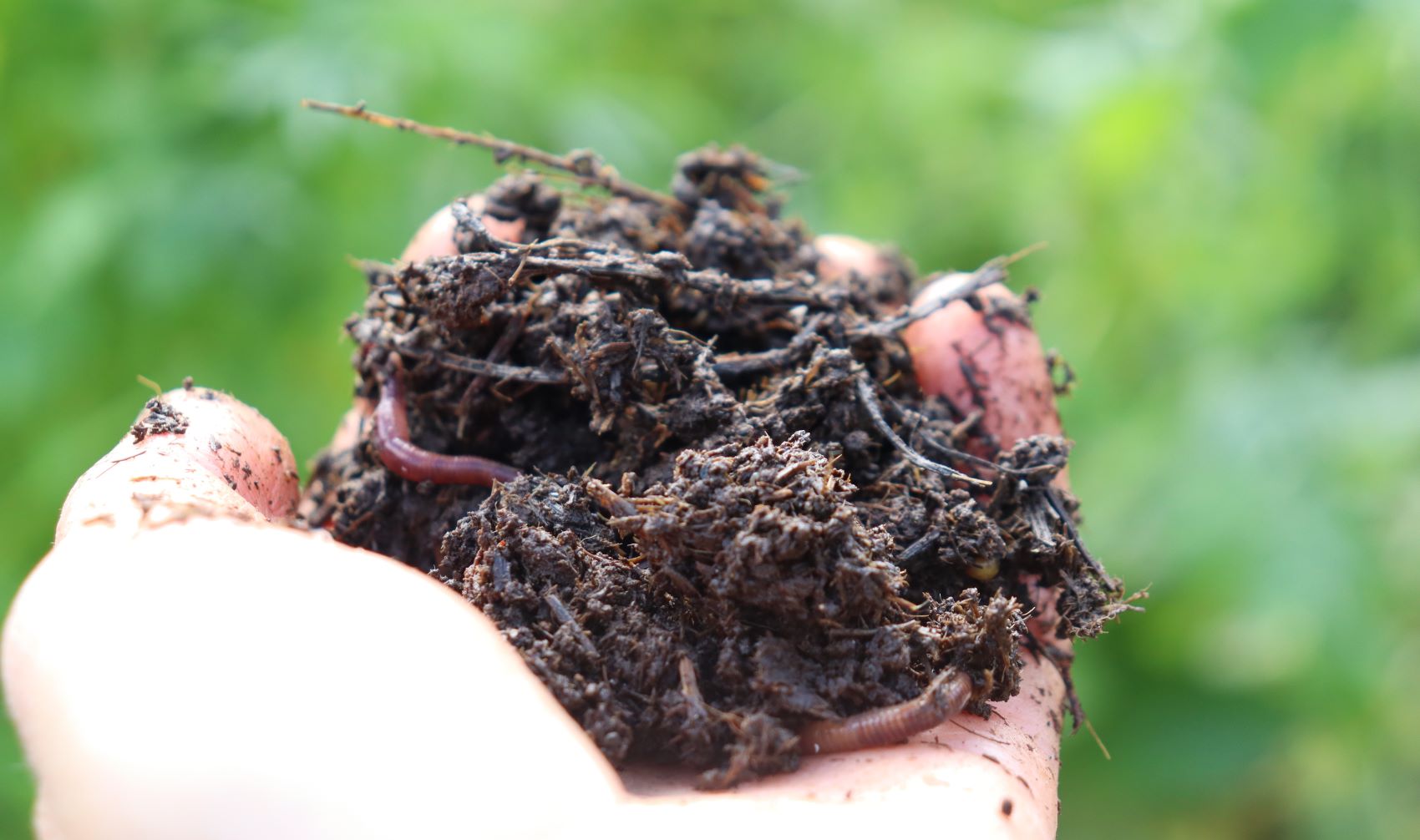
Manure is part of natures deft design - we eat the food that grew on the ground that's fertilised by the manure which began as the food - such an elegant cycle! And manure can, when used well, bring much goodness, but - and it's a big but, it can equally not. The type of manure, the amount used and the timing all play their part. Lets dive in for a quick, but useful poop brief.
Manure is a potential source of nitrogen, phosphorus, potassium + other micronutrients. Potential because the nutrient content depends on the soil the animals were raised on, the food they ate and the stress they were under.
So yes, manure can supply nutrients, but it's not for these that I appreciate it. Manures super power, as far as I'm concerned, is its contribution to improving soil structure. But first up.....
Is manure essential?
No.
Manure is awesome in little doses and when used in a timely manner, but it's not the mainstay of your soils diet. Yes its natural, but in a natural system there is not loads and loads of incoming manure. There are, however loads and loads of plants. Plants are the mainstay of your soils diet - greencrops/ weeds/ herbs/ crop residue a go!
If you don't have access to wholesome, organic poop you can easily grow a beautiful garden without it.
Aged manure is the best

You may have already experienced plant burn from applying fresh manure - if not - let me save you the hassle! Yes, fresh manure has the most available nitrogen, but it comes with other problems:
- high amounts of ammonium (soluble nitrogen) and naturally occurring salts - both of which are too strong for plants = burn and other collateral damage to soil
- mineral imbalance - an all too common situation as a result of modern livestock management
- and lets not forget dastardly thistle/ dock weed seeds in horse manure
Aged manure, is my preference. Give it time to decompose, loose the burn, sprout the seeds and for the biology to bio remediate any imbalances. Time creates a product that will incorporate more seamlessly into your soil.
How to age manure
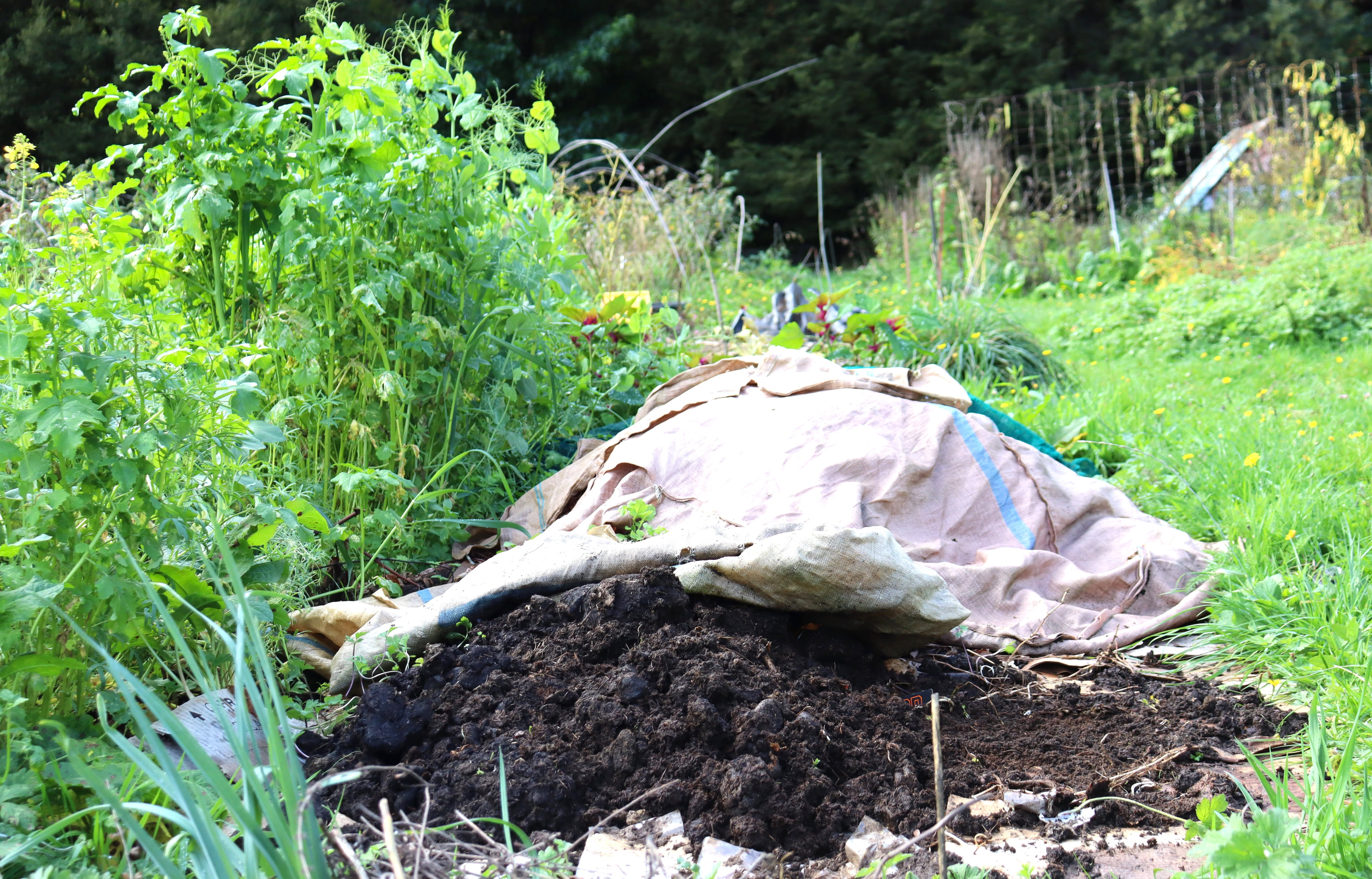
- Stash your manure direct on the soil giving it access to air, worms and biology. If weed burden is high, spread a thick layer of mulch or cardboard first before piling up your manure. Never stash it on plastic and don't leave it to putrify in buckets or bags.
- Locate your manure pile near a robust, hungry plant that will help uptake nutrient leaching - by a rhubarb, for example.
- Cover it
It's aged when it no longer looks like poop. So that if you were to stumble on it (lucky find!) you'd wonder if it was leaf mold, or peat.
Use only organic manure
The job of drenches (chemical wormers), herbicides (pasture management), antibiotics et all, used on non organic farms, is to kill life. And they're very good at it. thing is they creep through the food chain into manure.
If you're not keen on nailing your soil biology, stick to organic manure.
When to, and when not to, use manure
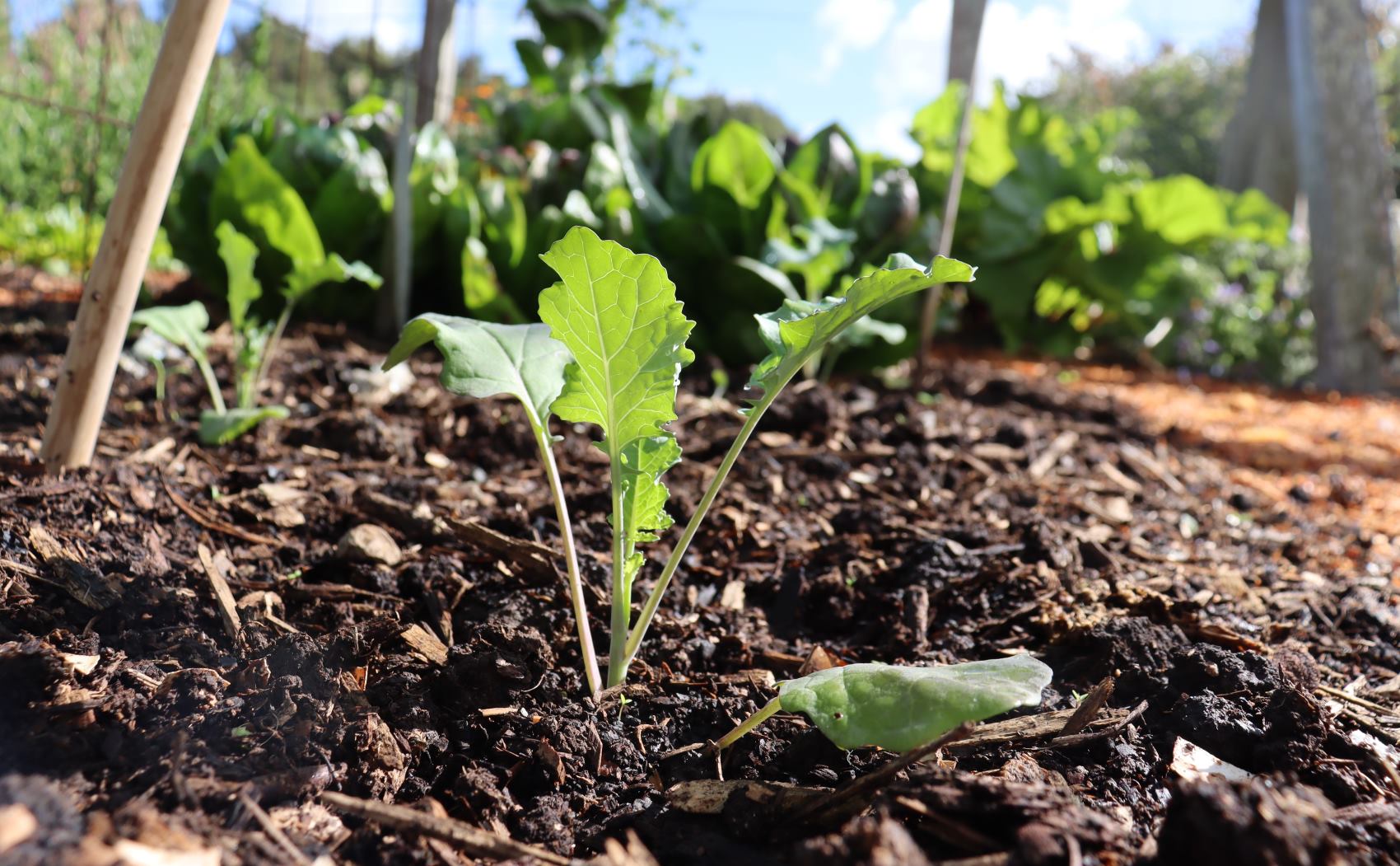
Plants show you, by their steady green growth, whether or not they have what they need. Pay attention to this, before adding anything.
DO USE
- manure on the top, mixed with compost or topsoil, beneath the mulch - it's designed to land on top!
DONT USE
- on cold soils - warm, active soils are equipped to incorporate it
- on empty beds - the nutrient leaches away without plants to uptake it.
- on deciduous fruit trees
- in the bottom of the planting hole or underneath your raised bed
- manure on repeat. Think of manure like cake. A little bit, now and then is awesome. Because yes, sometimes you need cake.
How to use manure
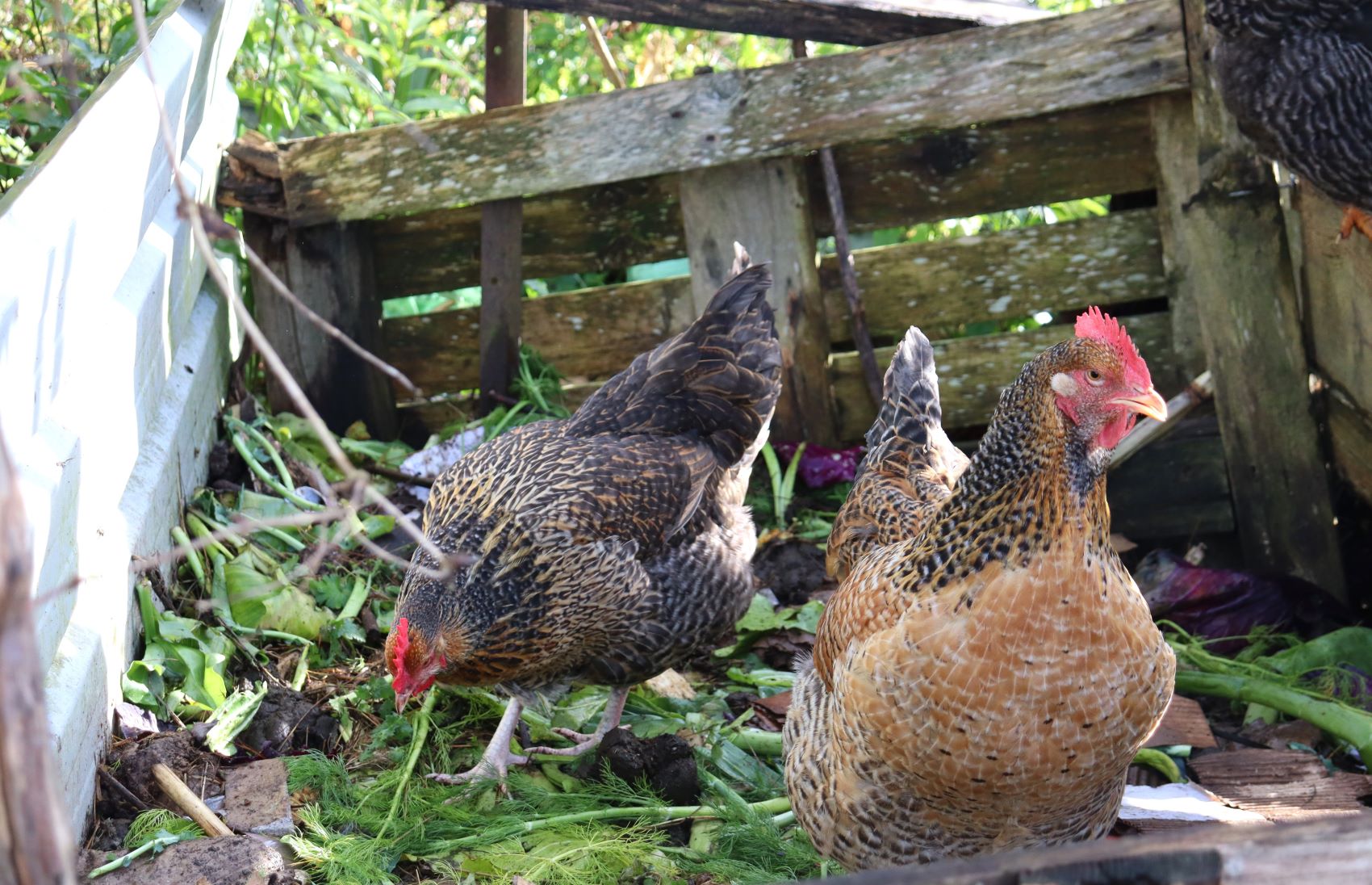
Use only small amounts at any one time. Ergo, you only need a small stash on the go at anyone time.
- Incorporate manure lightly through your compost pile (about 10% of the total) or add to your chicken compost system
- Use as part of citrus/ avocado, spring/ summer feeds.
- Use manure to prep the beds for heavy feeder crops. Preferably mixed into your beautiful homemade compost and not in isolation.
- Use manure as a side dressing for annual heavy feeder crops if they aren't growing steadily, greenly onwards. Do this during active, vegetative growth which is (as a good generalisation), during the teenage years - after establishment and before fruiting. Know that best growth comes from thoughtfully prepared beds - rectifying weak growth is a poor second cousin.
- Manure is an excellent bedding material for your wormfarm
- Mix through homemade compost to extend it if you don't quite have enough for bed prep
Stop obsessing over nitrogen!
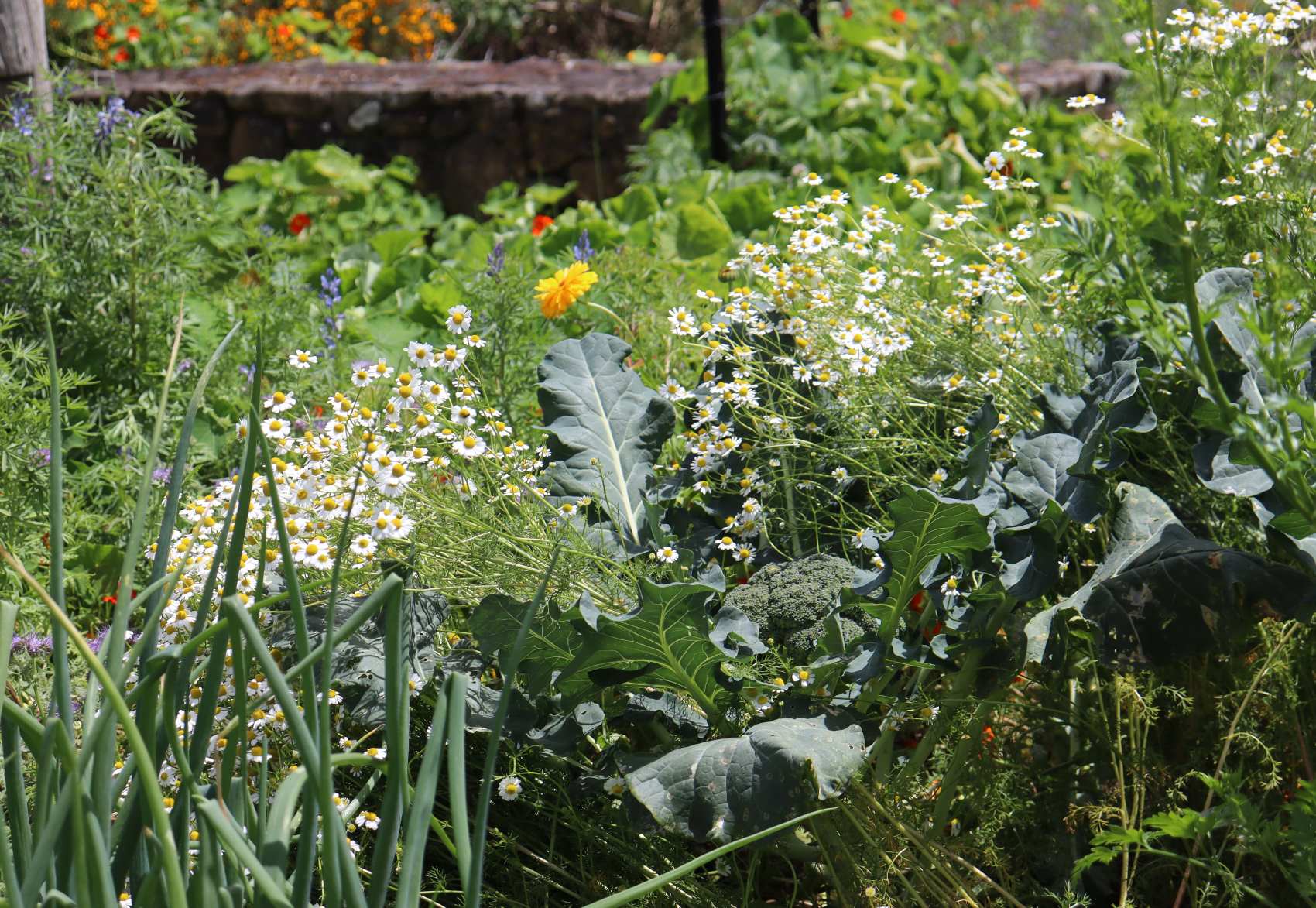
In a healthy soil, nitrogen cycles are in action as a by-product of the life cycles of biology + plants + air.
Facilitating these natural cycles is super simple! All you need do is create a living soil, and you'll have plenty of nitrogen. And if ever your plants show you they don't (poor growth and yellowing foliage), perhaps add some. A little. Soil biology/ plants, can only utilise so much at one time.
The excess, leaks away into the ground water, which I imagine in NZ, is where 70% of all the sheep pellets ever sold end up. Our waterways, have enough to deal with quite frankly, without us adding to it.
Humanure
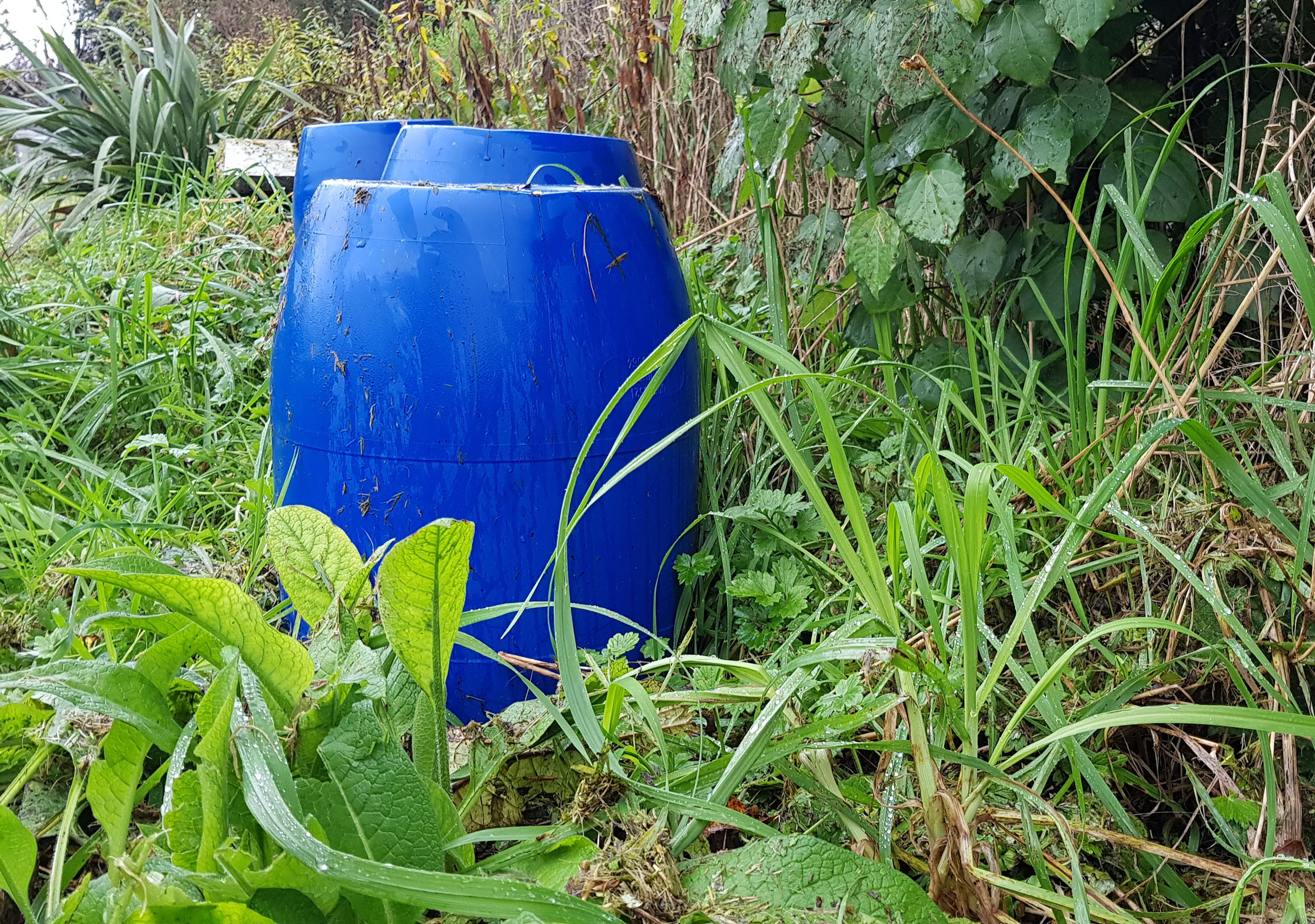
Brownie points, ha! + big ups to you guys for sorting your own sh*t. How you use it though, in your garden, is a very personal thing.
My preference is to not use it on food crops - hungry, evergreen fruit trees perhaps but certainly not annuals. Do what's best for you.
Our composted humanure goes into our comfrey border, a second step to double check and clean up any issues the compost process didn't. Loads of humans use our compost loo's and I don't have the heart to check, pre poop, if people are on antibiotics, or wormers or .... and anyway, what would I say - hold on till you get home?!!
